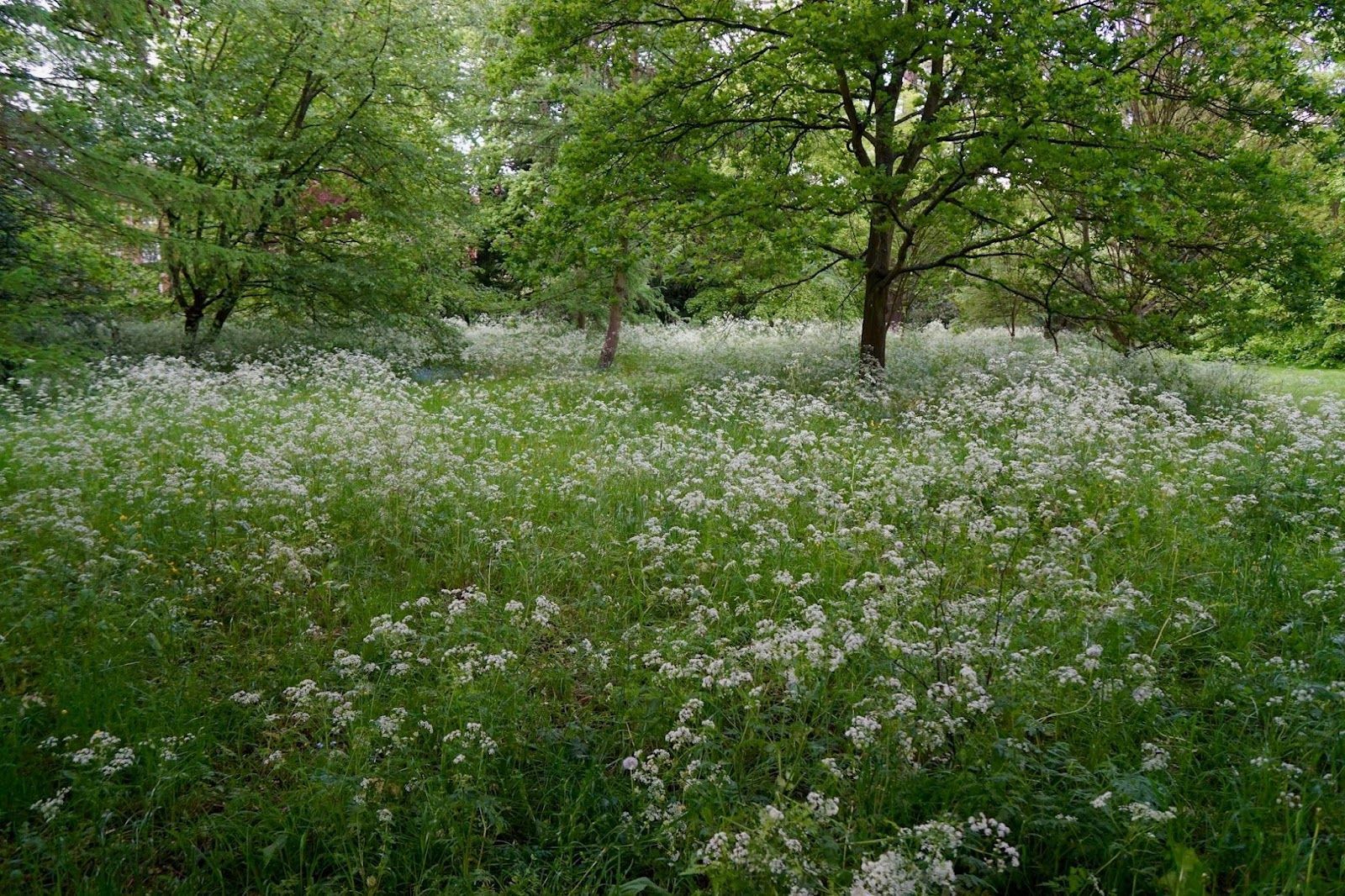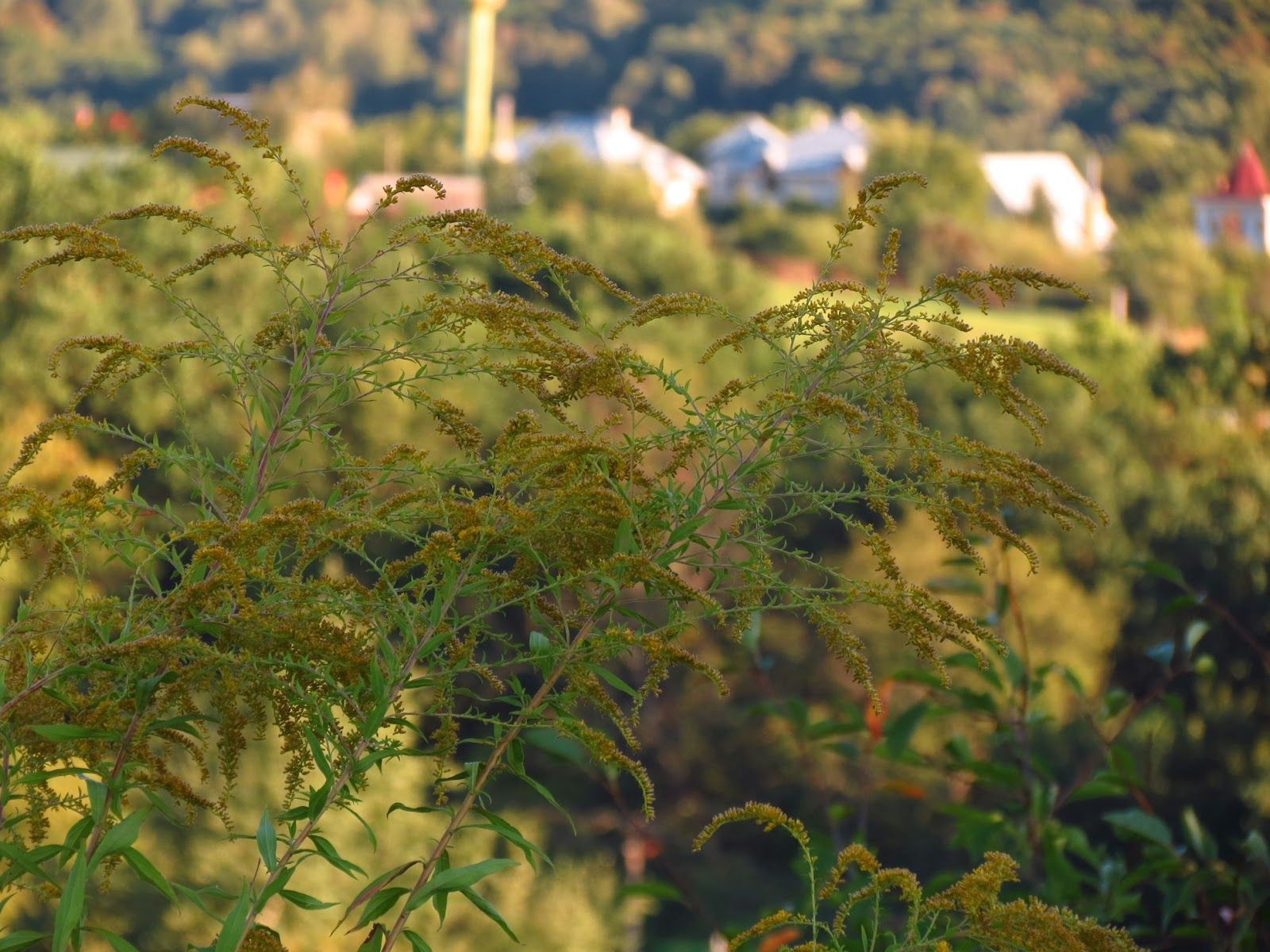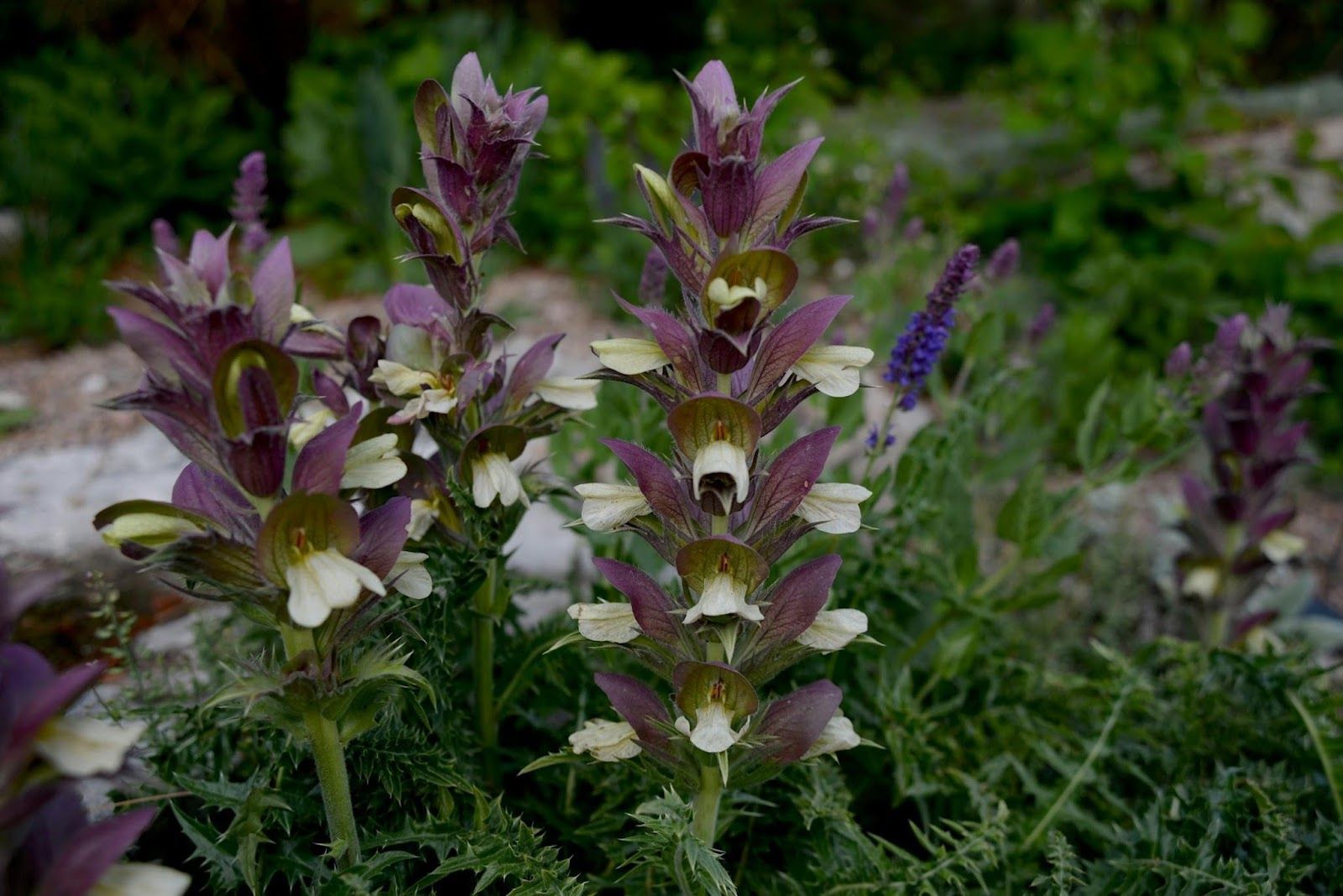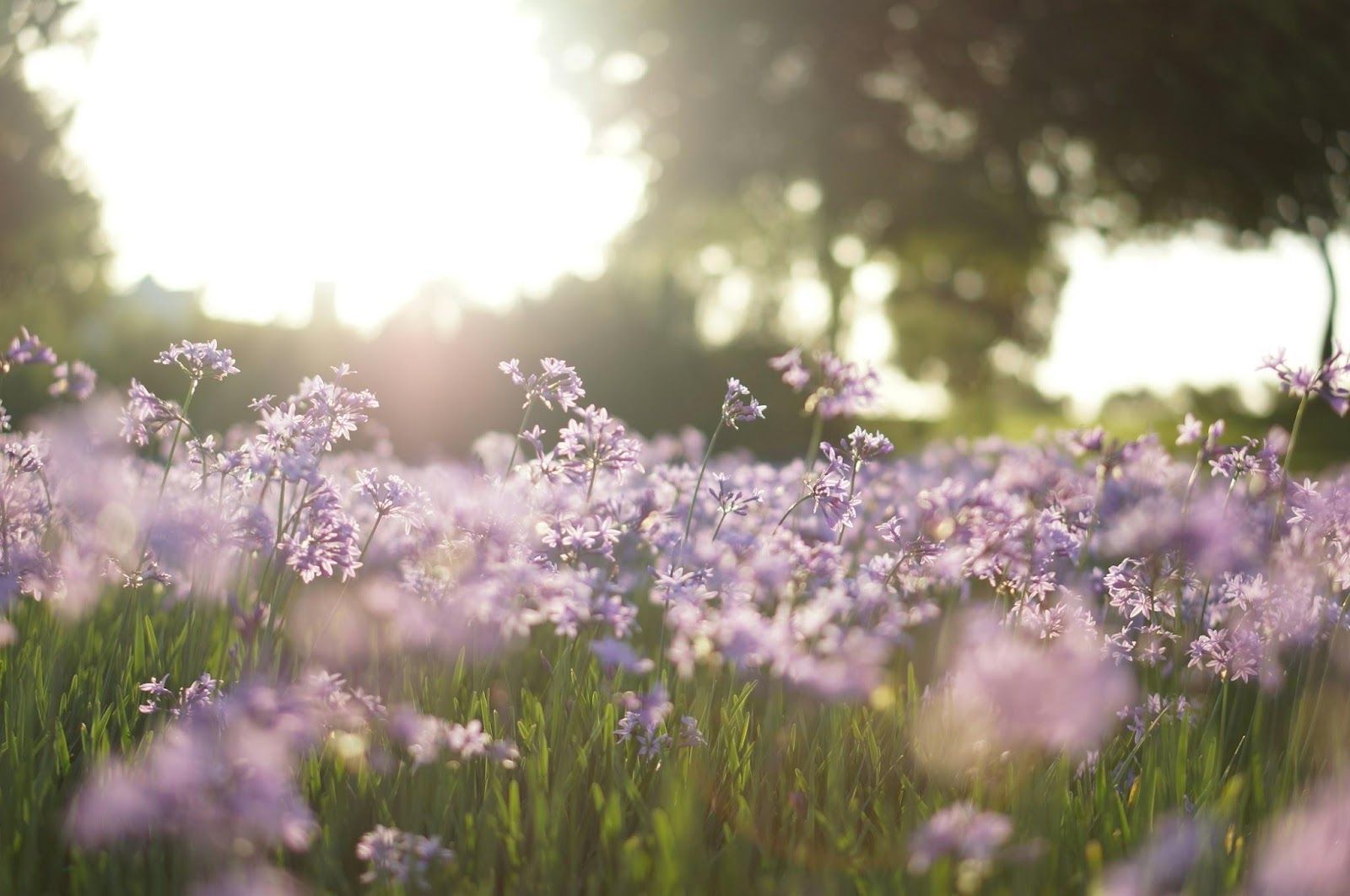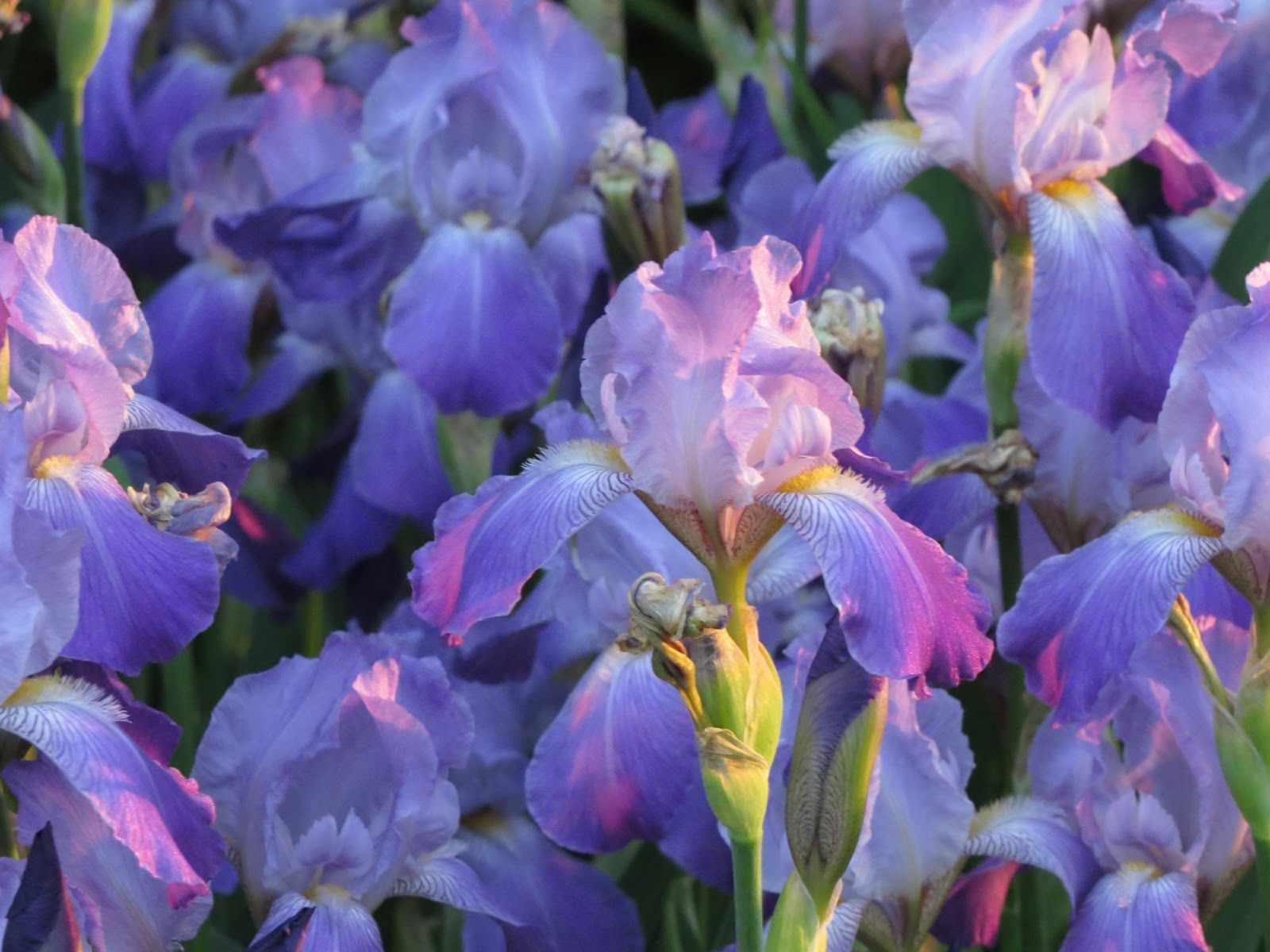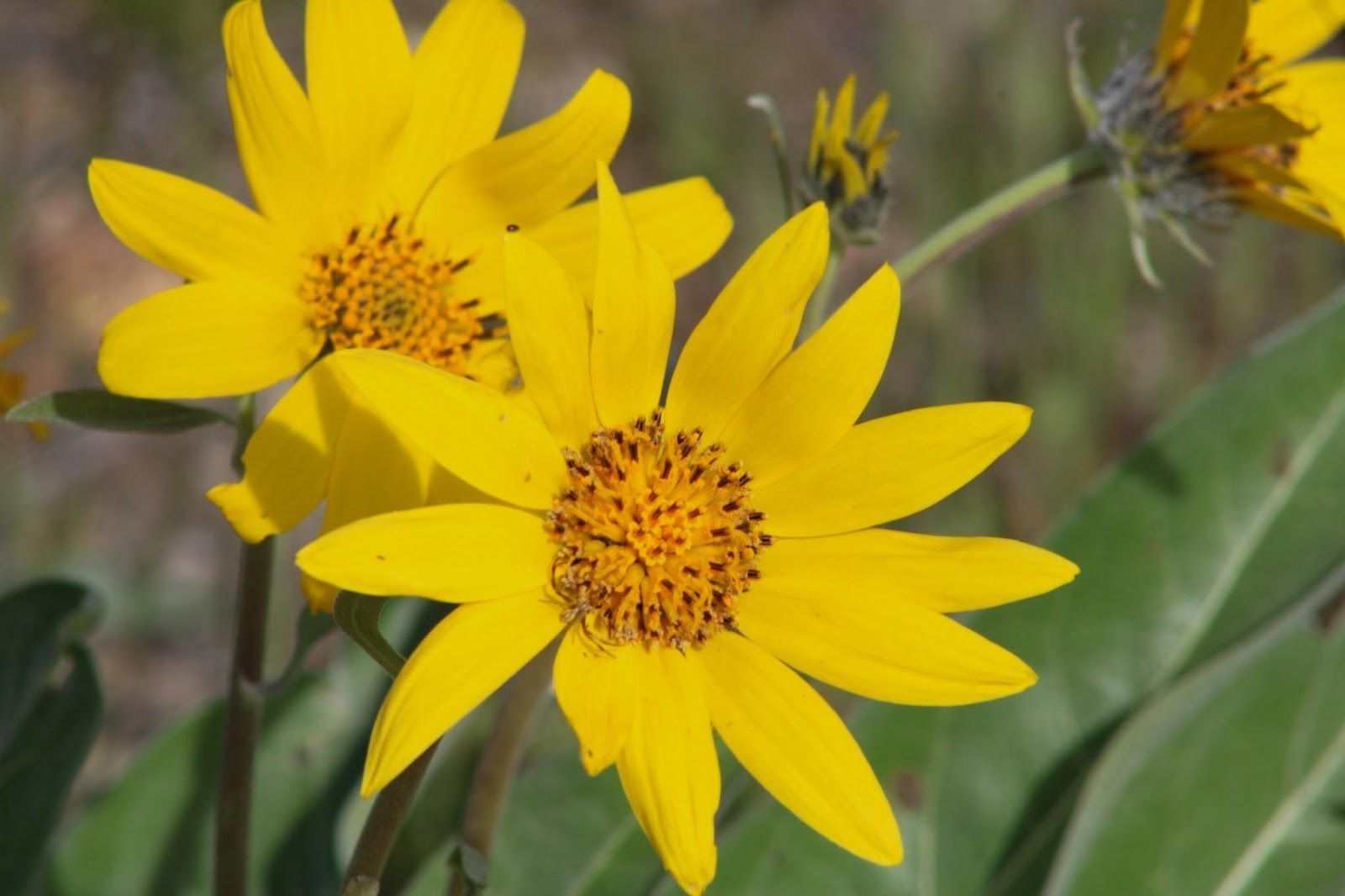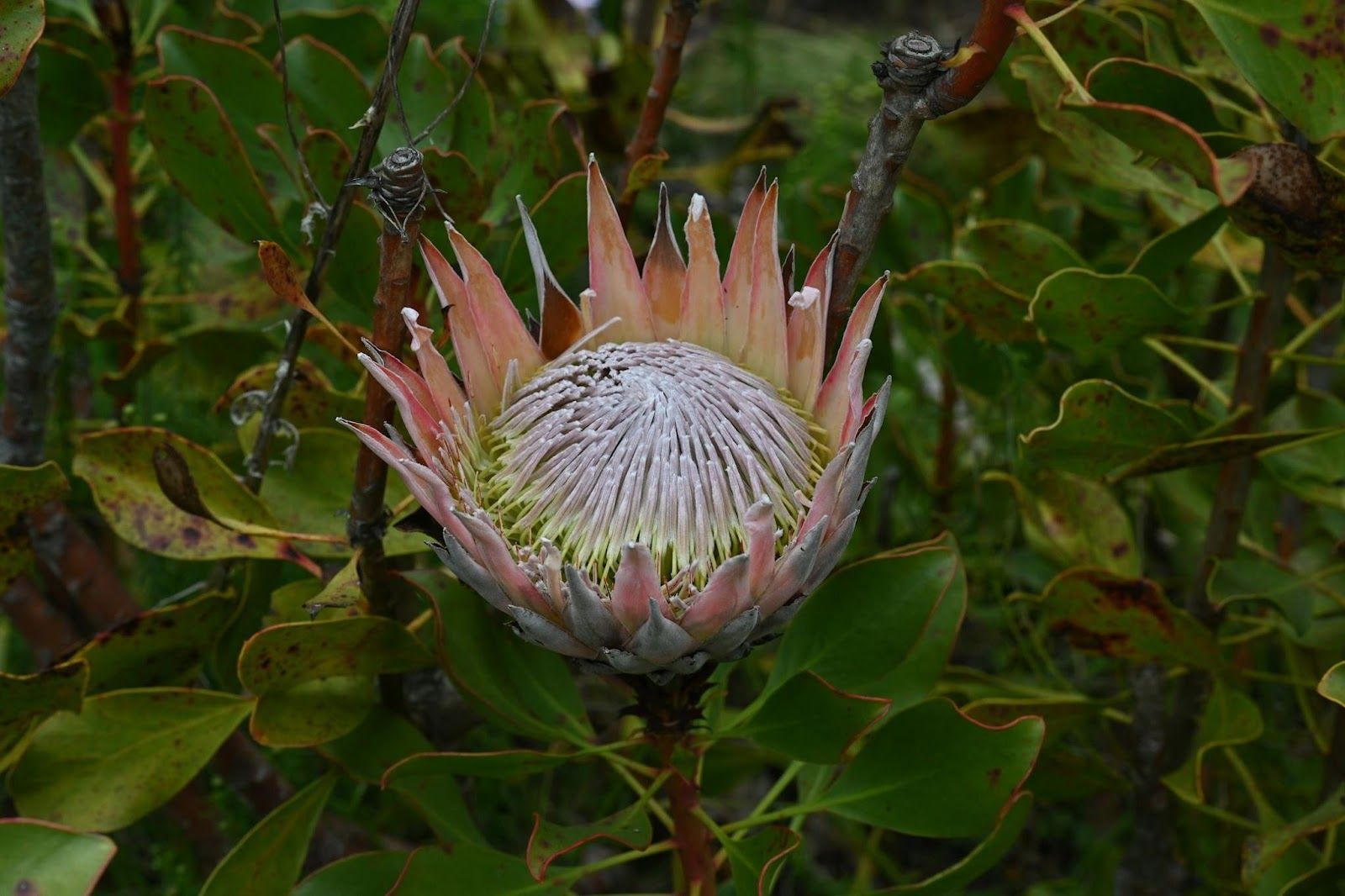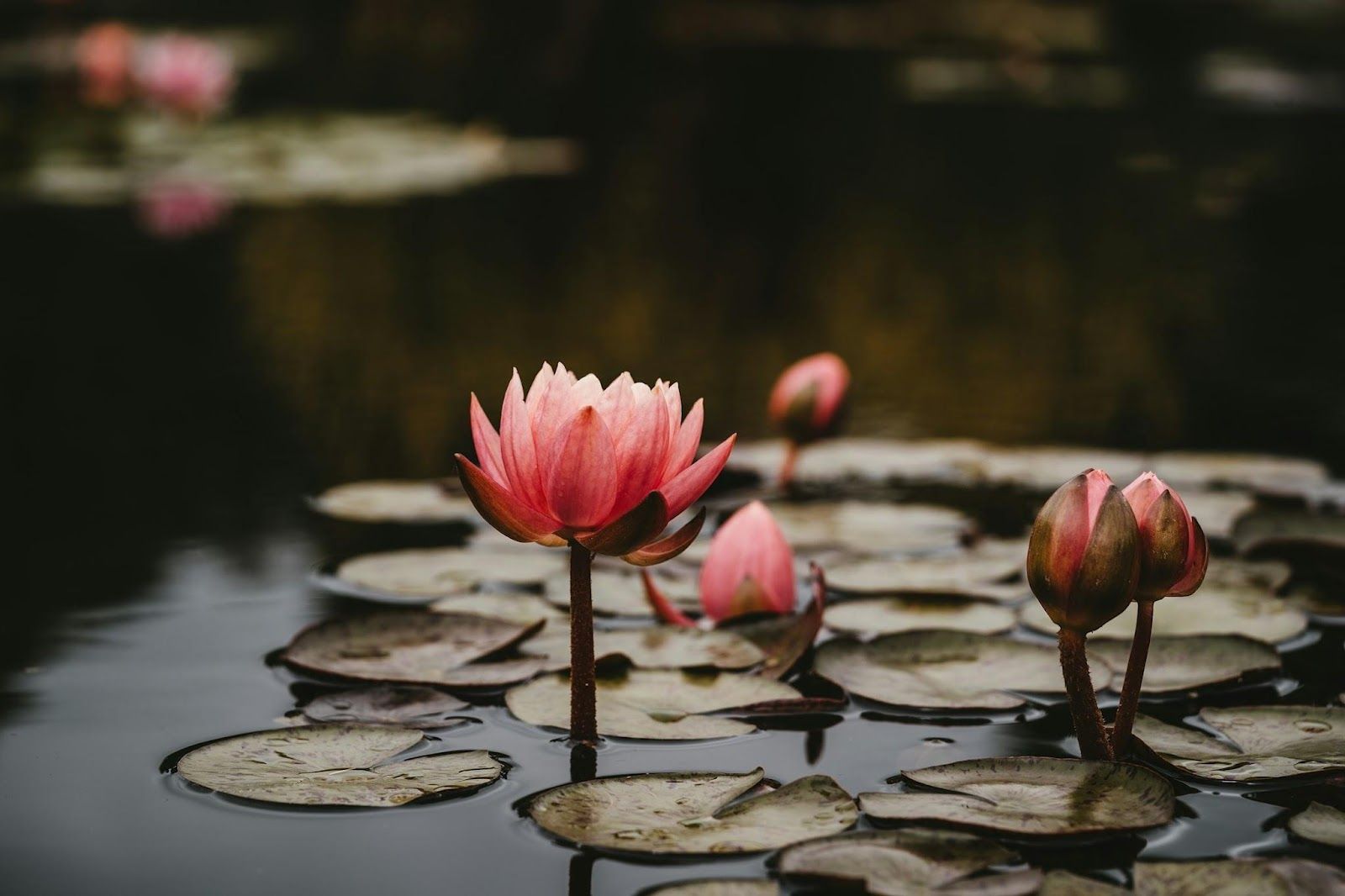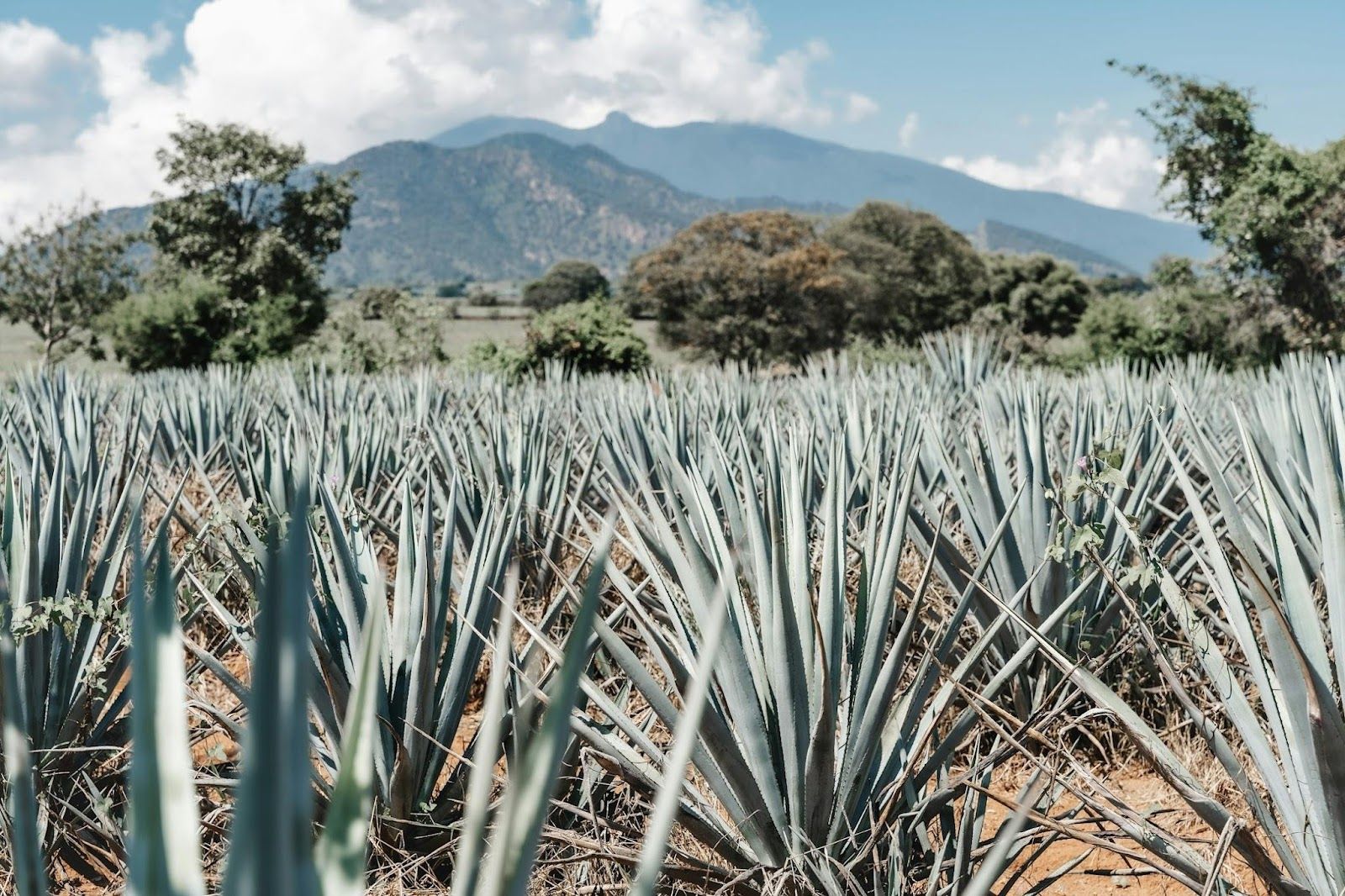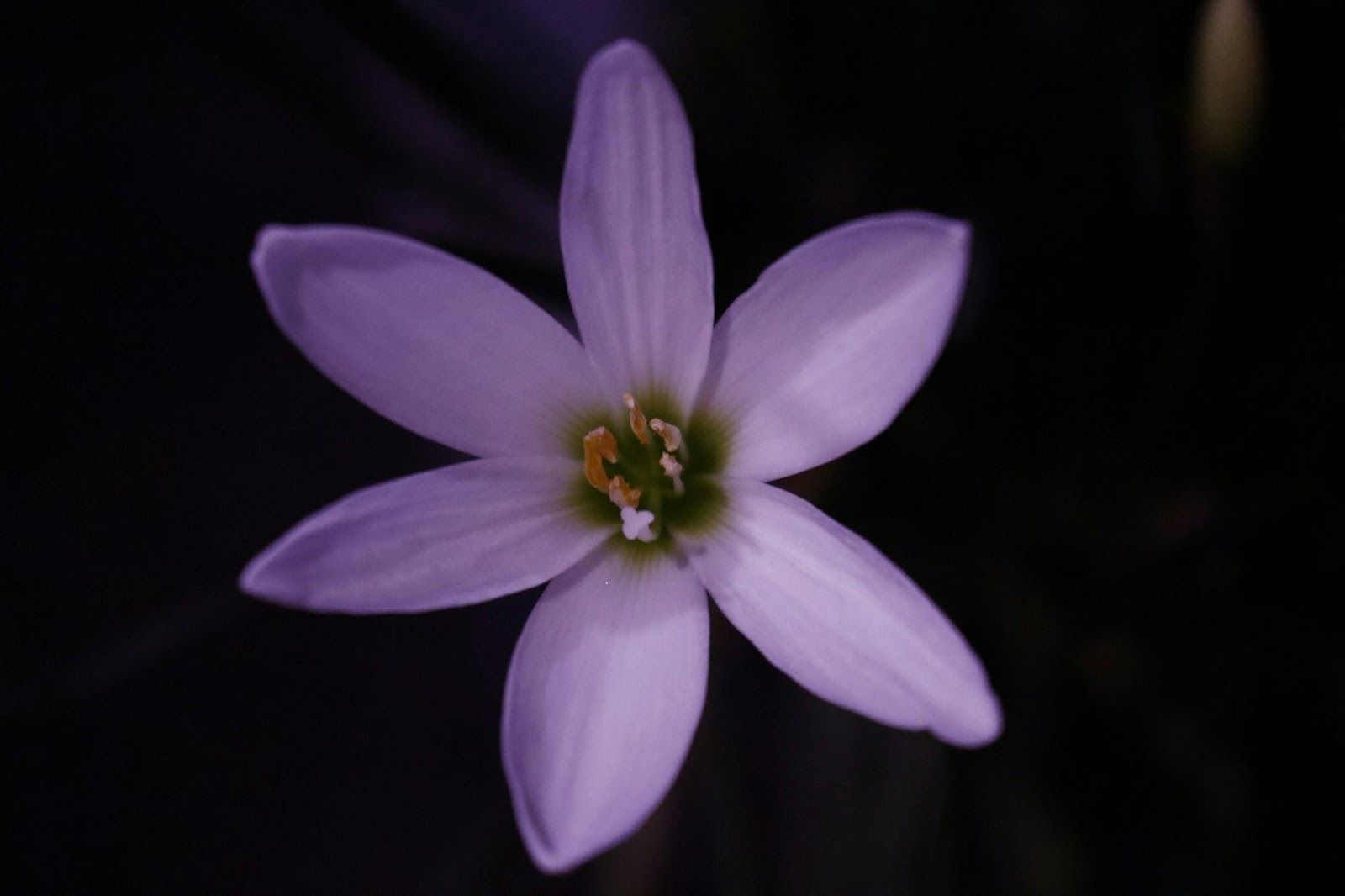Mother Nature’s worst treats
Discover nature’s 10 deadliest poisons (and the wild stories behind them)
Published on September 23, 2025
 Credit: Davide Baraldi
Credit: Davide Baraldi
You might not think of frogs, mushrooms, or even seafood as a threat, but nature has a sneaky side. Scattered around the world are creatures and plants that pack a punch so powerful that just a tiny dose could mean big trouble. Don’t worry—this isn’t meant to scare you off your next walk in the woods or dinner reservation. It's just a peek into the wild world of Mother Nature's most toxic offerings.
The fish that can stop your heart
 Credit: David Clode
Credit: David Clode
Tetrodotoxin is the deadly little secret hiding inside certain pufferfish. It’s so powerful that top chefs in Japan need a special license to prepare the famous dish "fugu." One venomous bite, and it can block nerve signals faster than you can say "sushi." Most people get poisoned by eating the wrong part of the fish—definitely not a do-it-yourself project.
A pretty bead with a deadly twist
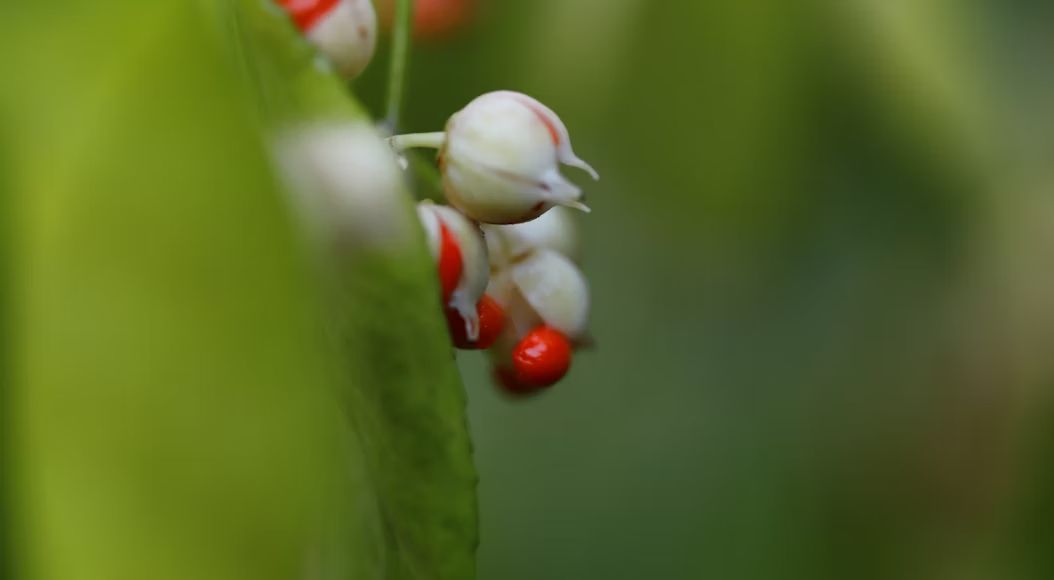 Credit: Bernd 📷 Dittrich
Credit: Bernd 📷 Dittrich
The rosary pea plant produces seeds that look like shiny red beads with a black eye. Pretty? Sure. Deadly? You bet! Inside is abrin, a toxin so strong that a single seed can be fatal if chewed. Fortunately, the hard shell makes accidental poisoning rare. Still, maybe better keep your crafty beadwork non-toxic.
Botox's evil twin
 Credit: CDC
Credit: CDC
You may know botulinum toxin as the stuff that smooths out wrinkles, but in its natural form, it’s no beauty treatment, quite the opposite. Produced by bacteria in low-oxygen conditions (like poorly canned food), this toxin can paralyze muscles and shut down breathing. Thankfully, modern food safety keeps this menace mostly in check.
Poison in the plankton
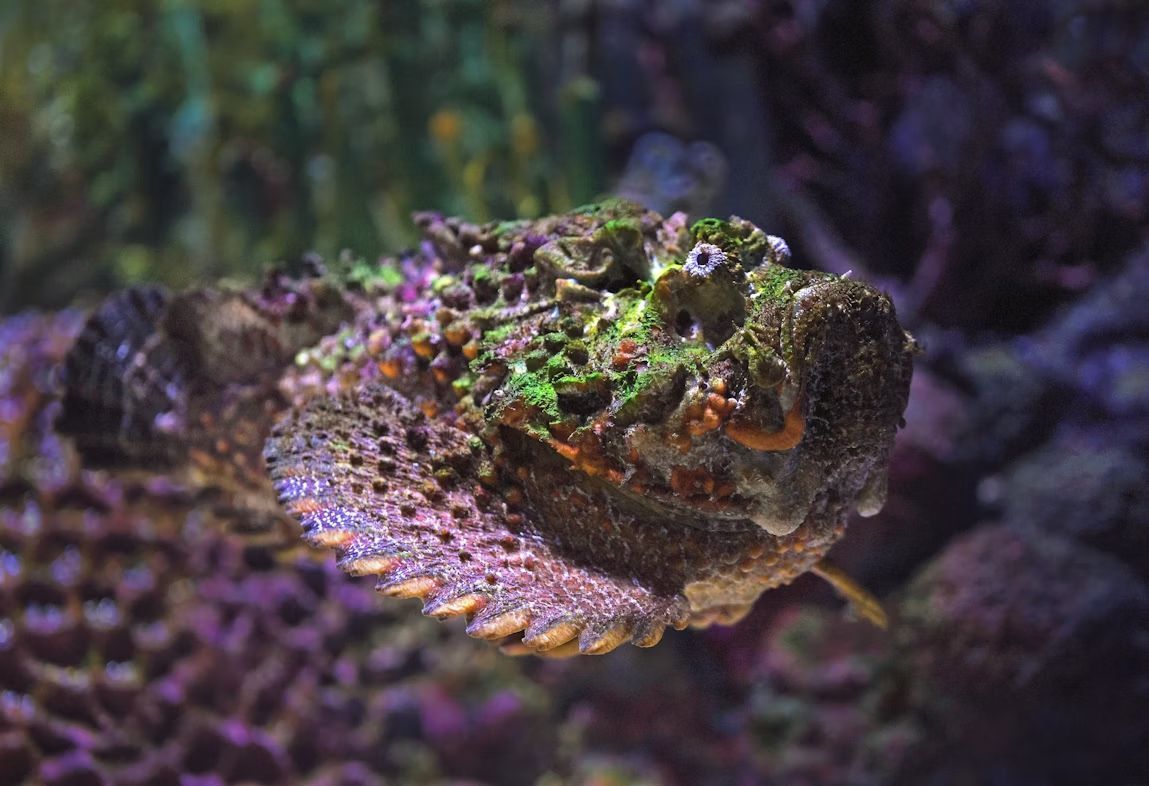 Credit: David Clode
Credit: David Clode
Maitotoxin sounds like something from a sci-fi movie, but it’s real, and so is the danger. It comes from microscopic sea creatures called dinoflagellates. When these plankton are eaten by fish that wind up on our plates, people can get seriously ill. So yes, your seafood might be carrying secrets.
The mushroom you don't want in your omelet
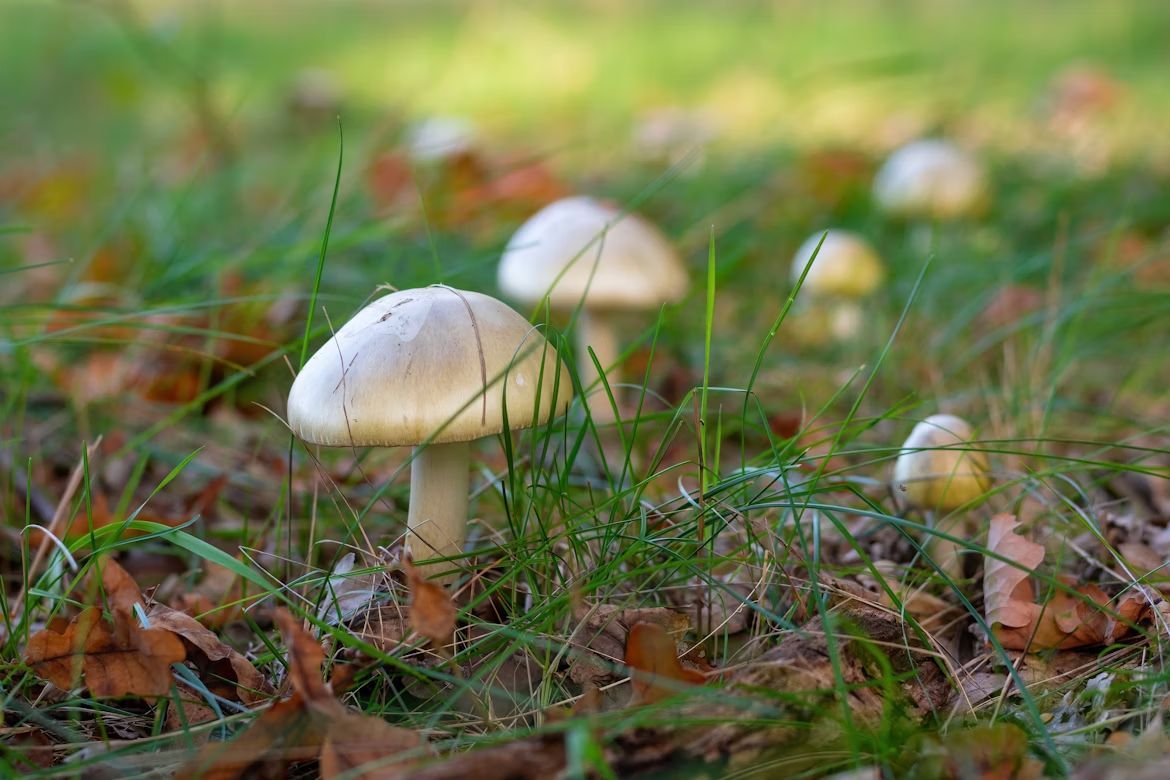 Credit: Péter Kövesi
Credit: Péter Kövesi
Death cap mushrooms come with a warning in the name. Just one bite can damage your liver beyond repair. They look a lot like edible mushrooms, which is where the danger lies. Rule of thumb: unless you're 100% sure, leave wild mushrooms in the wild. It’s not worth the risk!
The garden flower with a dark side
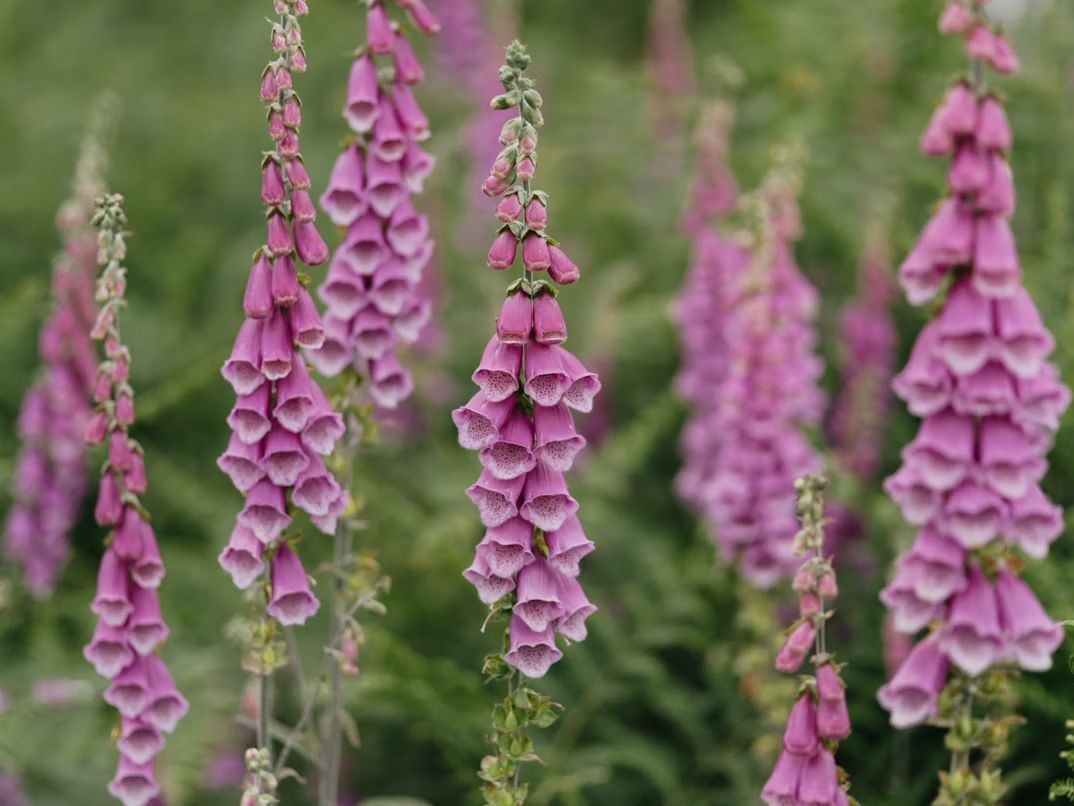 Credit: Annie Spratt
Credit: Annie Spratt
Foxgloves are lovely in the garden but pack a chemical called digoxin that can damage your heart. While it's used in medicine for people with heart conditions, getting the dose wrong is where things tend to go south. Best to admire this plant from a safe distance, no nibbling.
A fungus among us
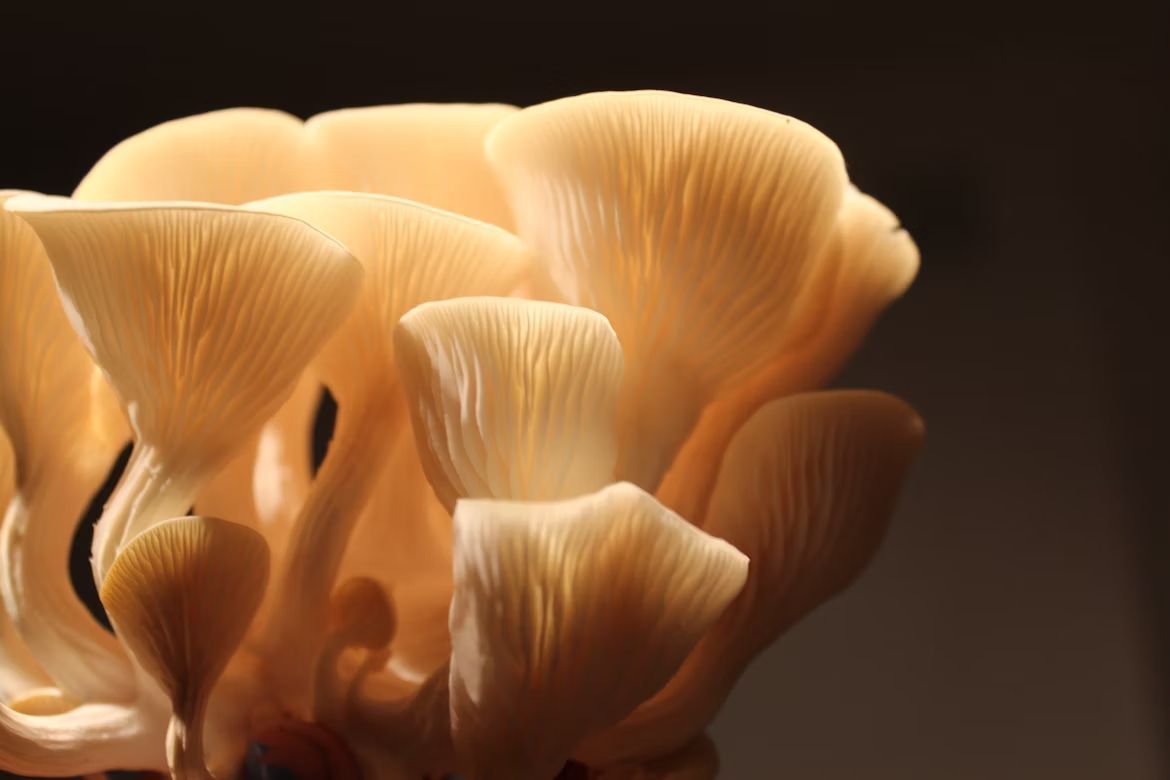 Credit: Rachel Horton-Kitchlew
Credit: Rachel Horton-Kitchlew
Aflatoxins are toxins made by moldy fungi that love grains, nuts, and other stored foods. They hit the liver quite hard and have been linked to cancer. Thankfully, the U.S. has regulations that keep your cereal and peanut butter nice and safe. Still, toss anything that smells funky.
The poison in old-school mysteries
 Credit: Naoki Suzuki
Credit: Naoki Suzuki
Strychnine is that classic murder-mystery poison, and it's the real deal. It comes from the strychnine tree, native to South Asia, and it causes severe muscle spasms. It has a history as both a pesticide and a (bad idea) tonic. These days, it mostly shows up in crime novels or the occasional shady drug mixture. Let’s just hope it stays in the literary field.
A frog with a warning label
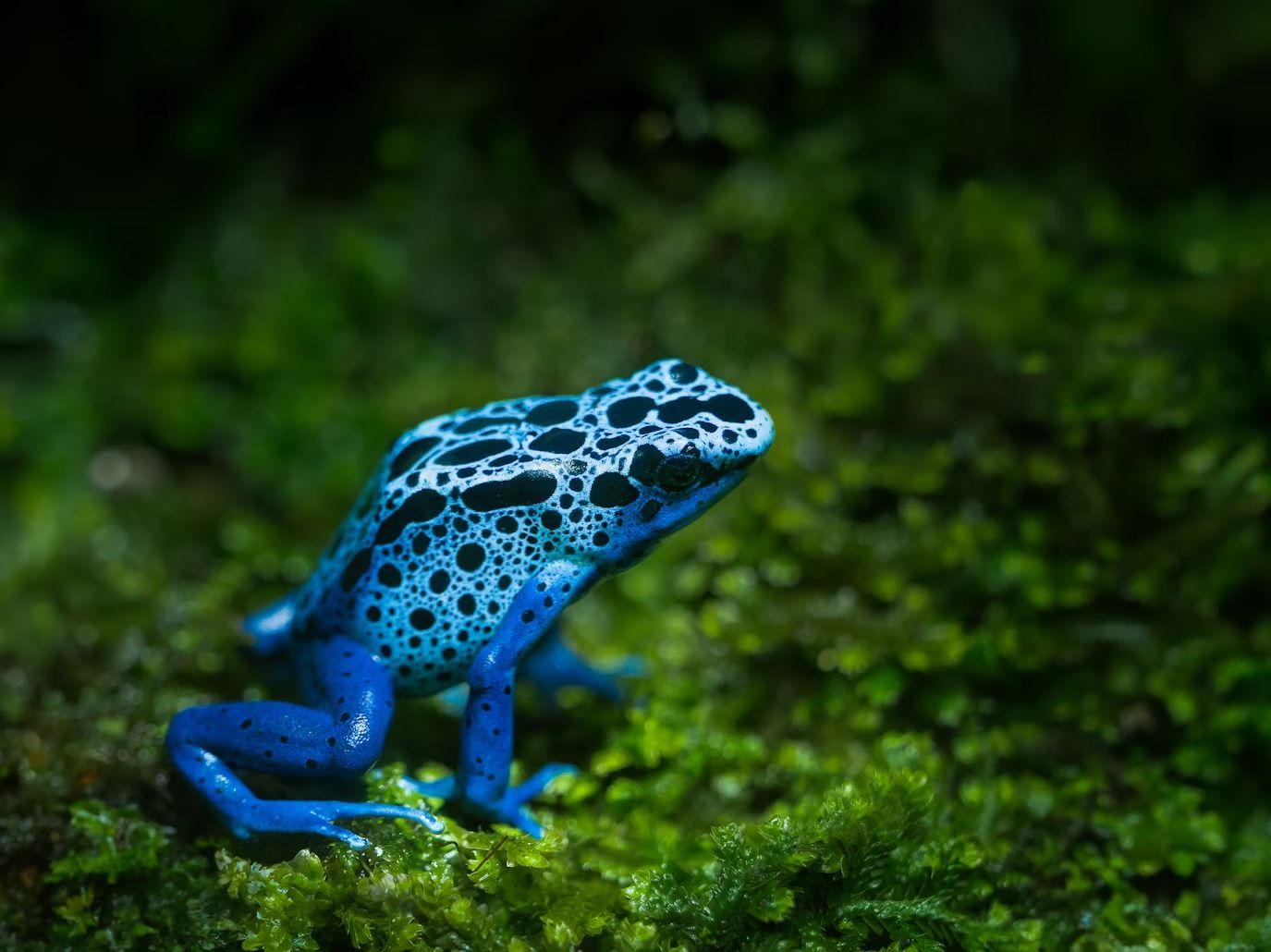 Credit: William Warby
Credit: William Warby
Poison dart frogs are bright and beautiful—a built-in warning sign to predators. Their skin secretes batrachotoxin, a substance that can stop your heart cold. Interestingly, the frogs don’t make the toxin themselves; they get it from their diet. So, this is what they mean by "you are what you eat," right?
Castor beans: not just for oil
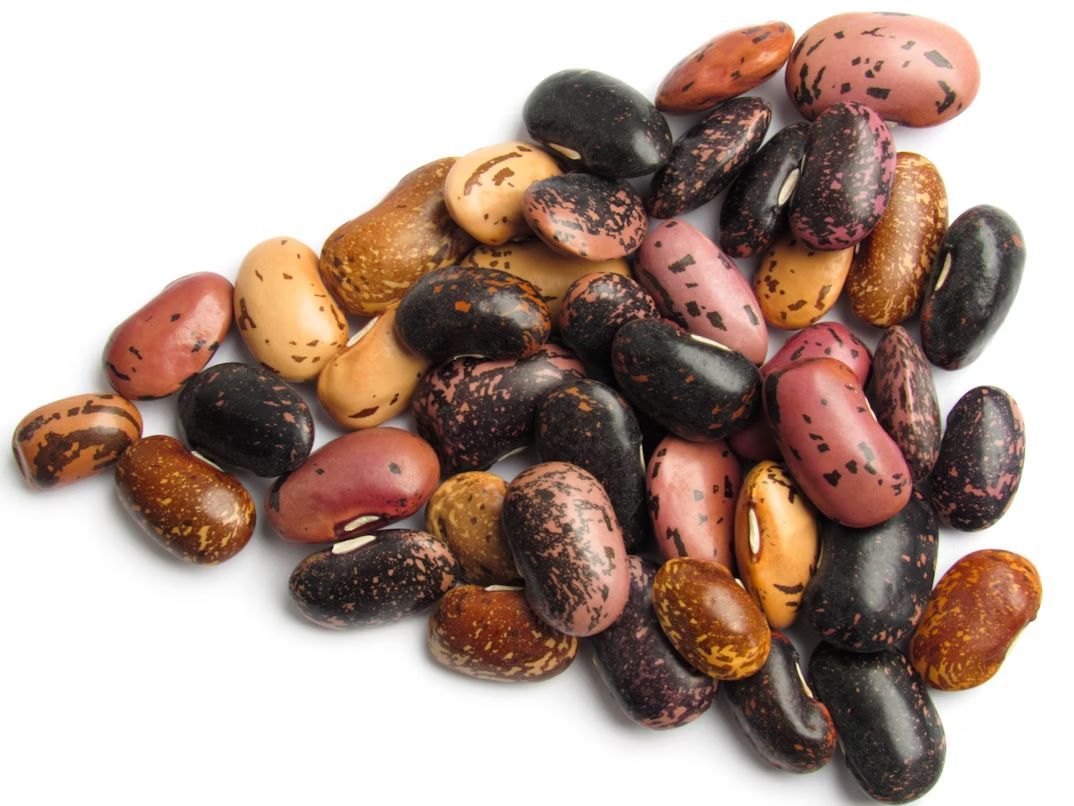 Credit: Karyna Panchenko
Credit: Karyna Panchenko
Ricin comes from castor beans, which are also the source of castor oil. Luckily, processing the beans gets rid of the toxin. Still, if the raw beans are crushed or chewed, the results can be deadly. Don't panic! The oil is safe. Just don't go snacking on the plant itself.

